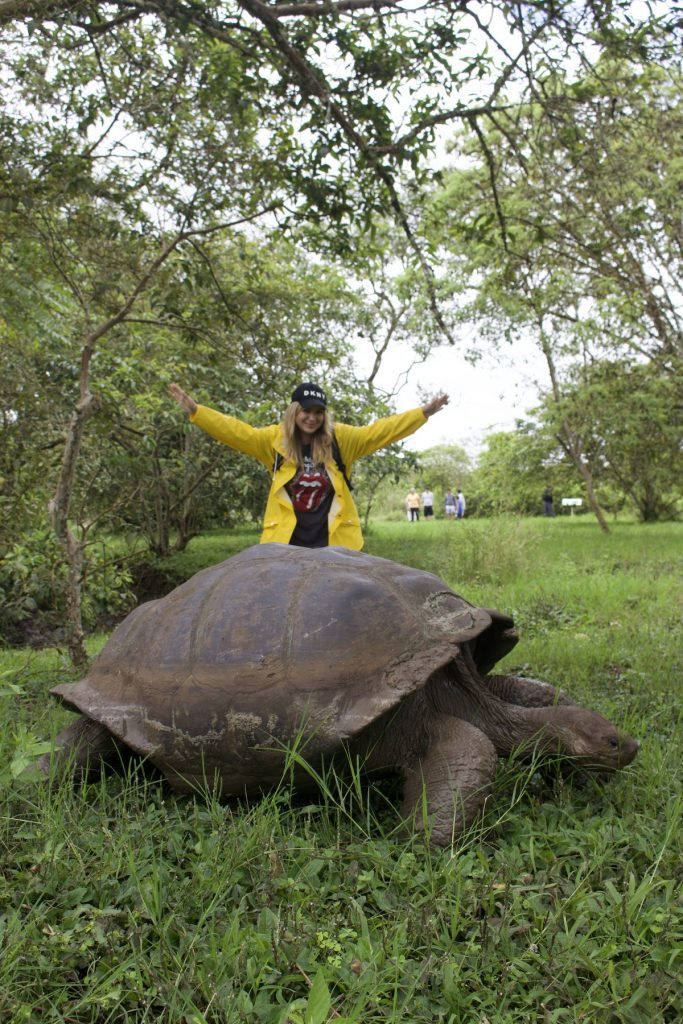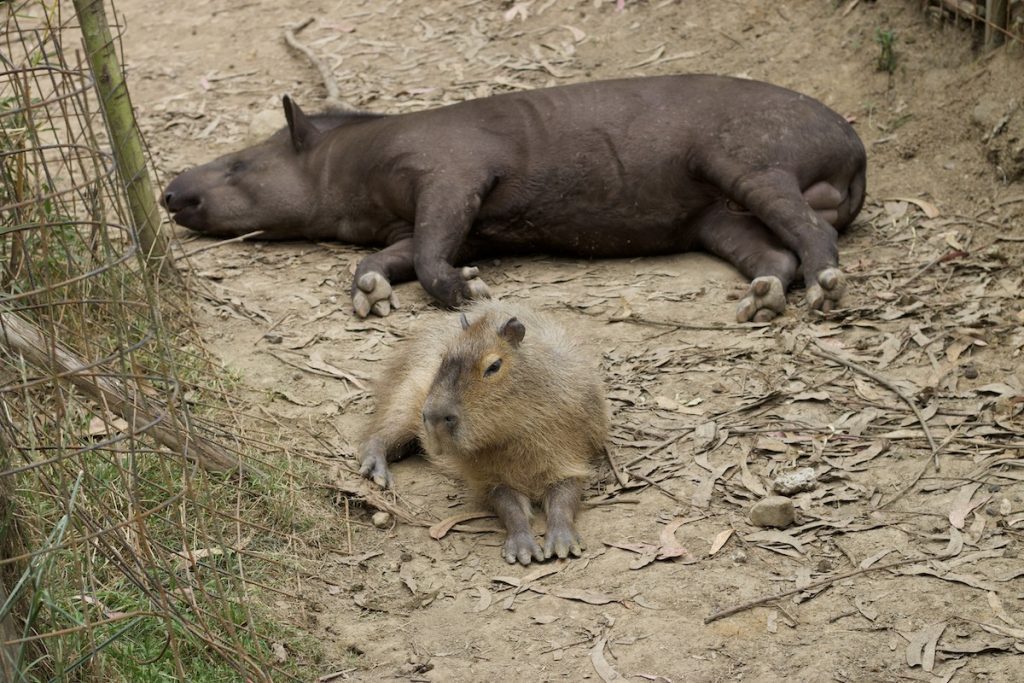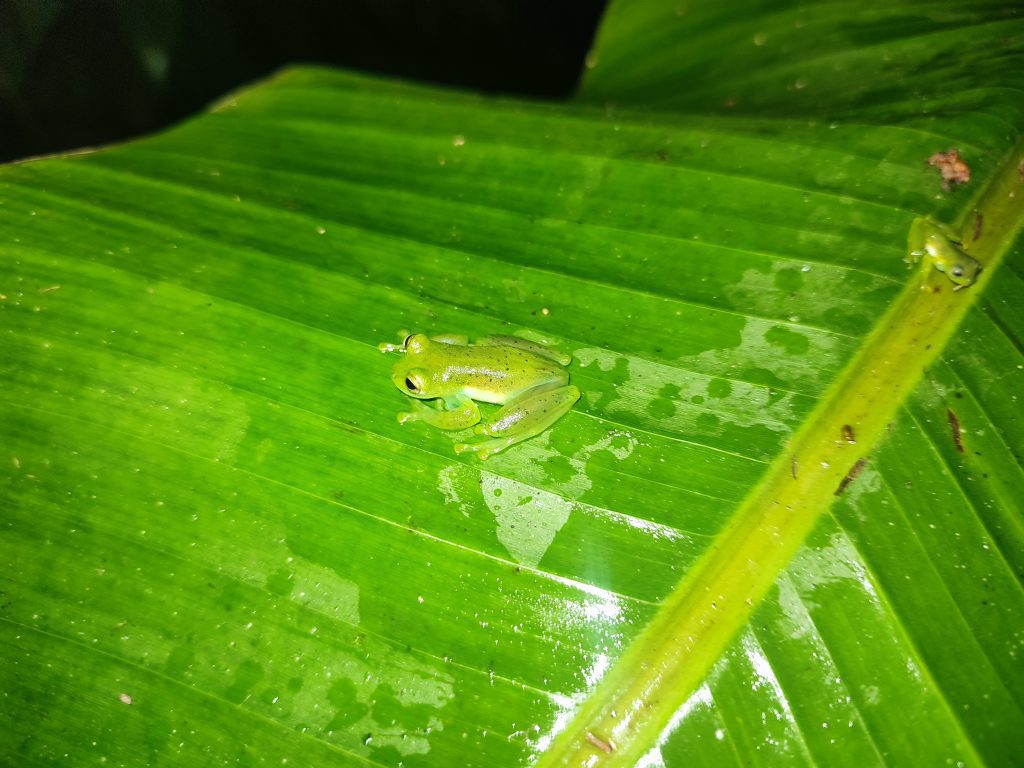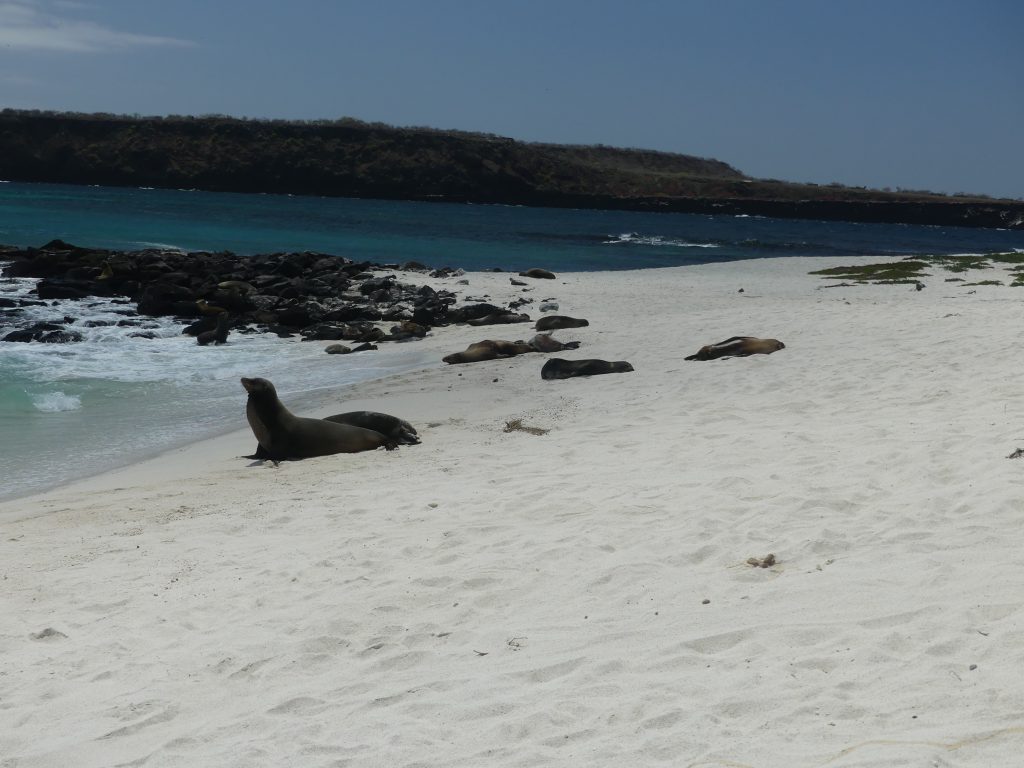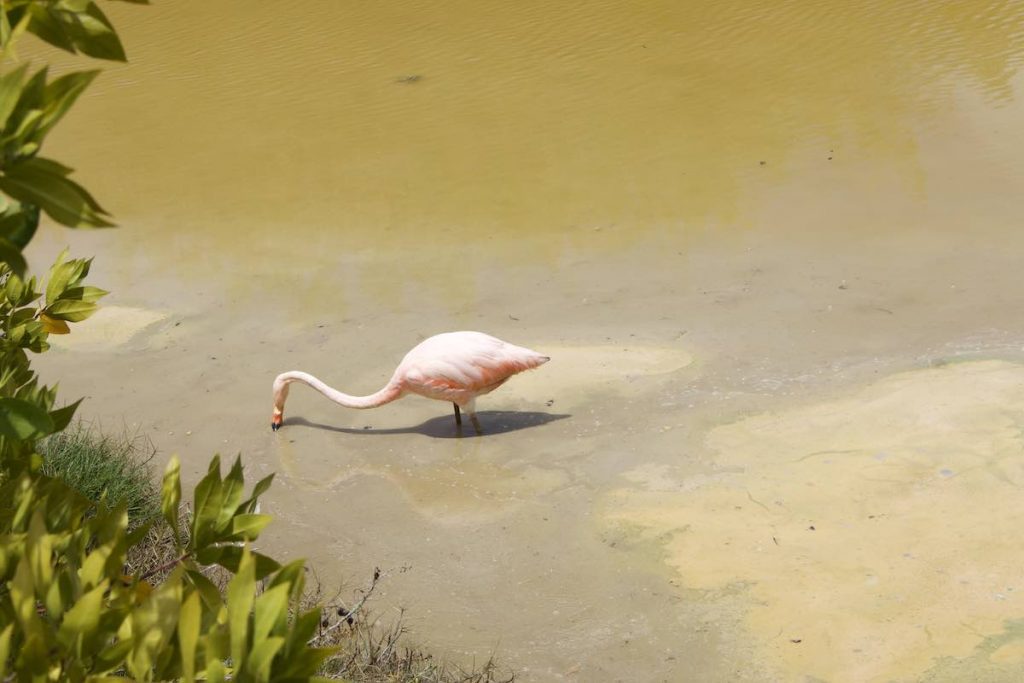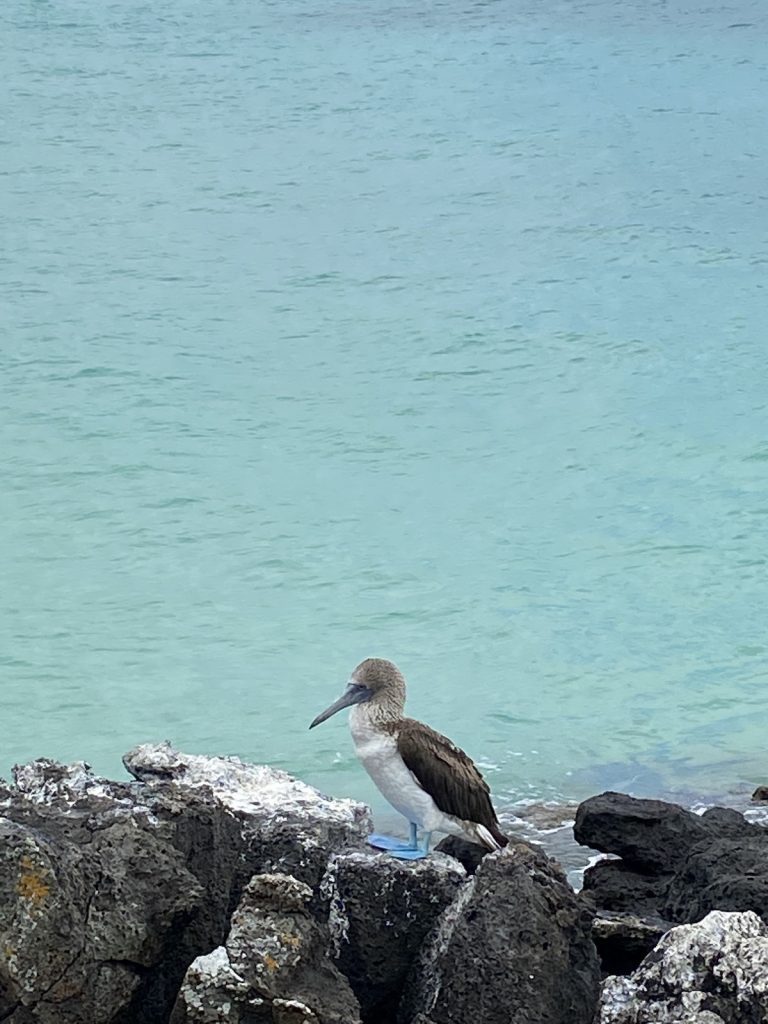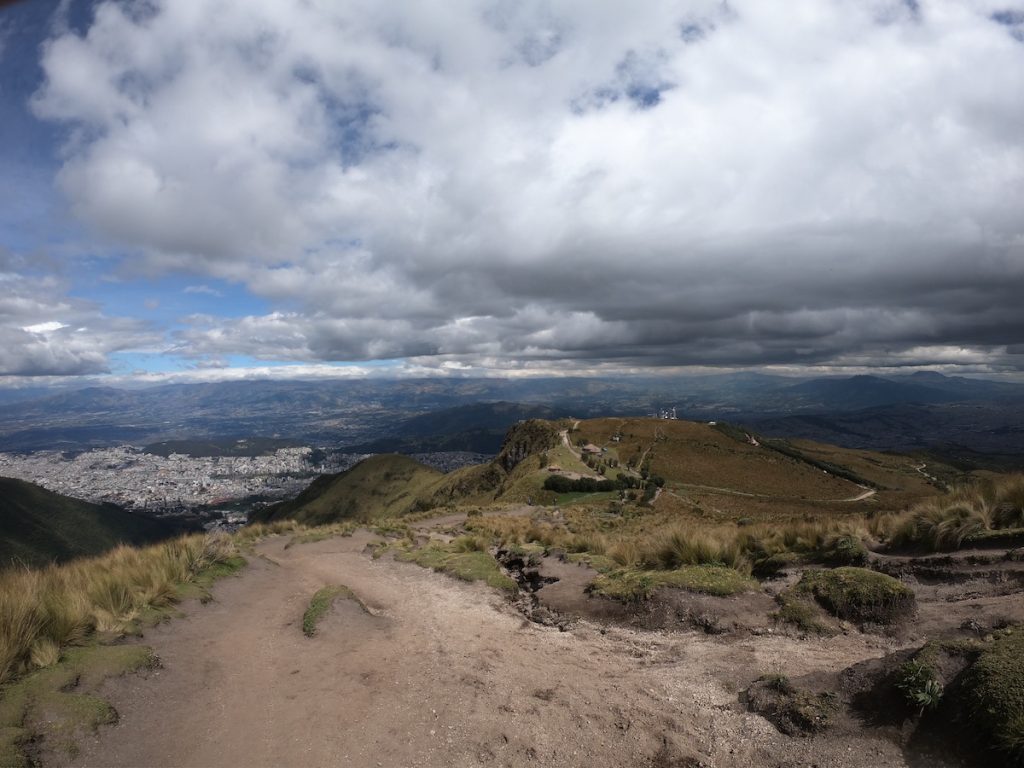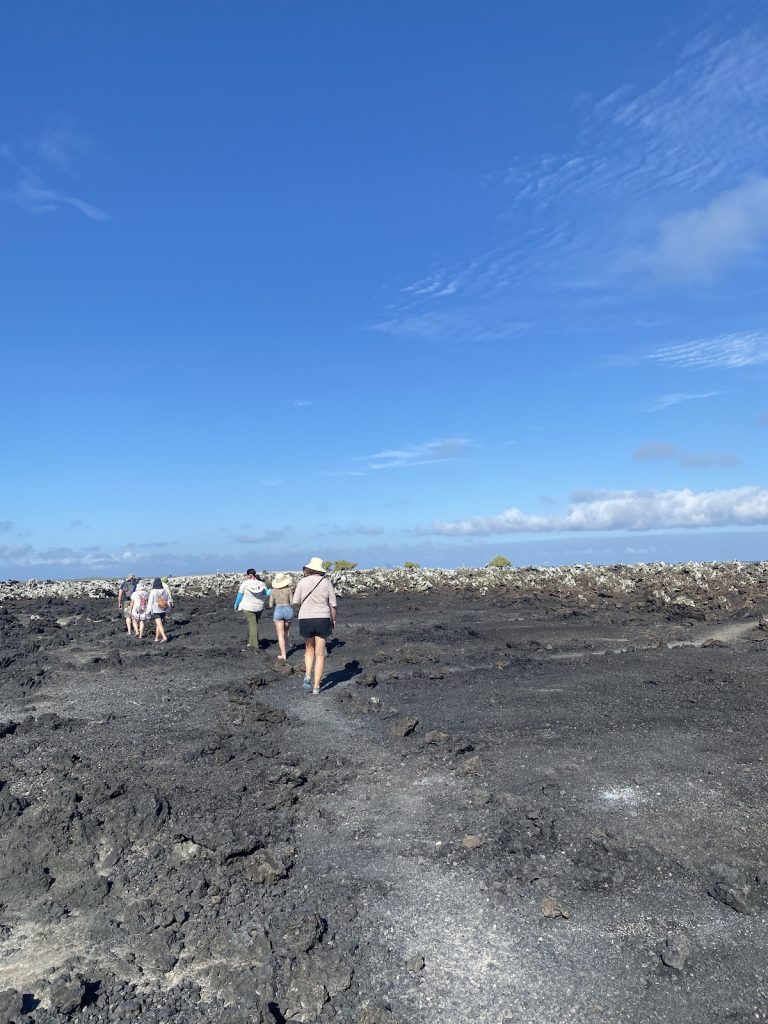Ecuador is home to a diverse assortment of animals and plants, making it one of the world’s most environmentally diverse countries.
It is one of the world’s most biodiverse regions, having several animals that are only found there due to its climate and topography. After all, Ecuador does have a section of the Amazon jungle. When we traveled in Ecuador, we saw so much wildlife.
Additionally, Ecuador is home to the Galapagos Islands, which are home to numerous rare, exotic, and regrettably extinct species. Its very constitution acknowledges the rights of the natural world.
Read on to discover more about Ecuadorean wildlife and resources.
When we explored Ecuador’s diverse wildlife, seeing endangered species in their natural habitats was incredible yet sobering. Get a FREE custom itinerary from local experts who know how to view wildlife responsibly while supporting conservation. Your support helps this blog and Ecuador’s preservation efforts!
Plan perfect trip to Ecuador & Galapagos
I spent countless hours researching everything about traveling to Ecuador, and I created this blog for fellow travel enthusiasts who want the best, most reliable information. But if you want to save time, we’ve partnered with the top local agency to plan your dream trip.
Andean Condor: The Official Animal of Ecuador
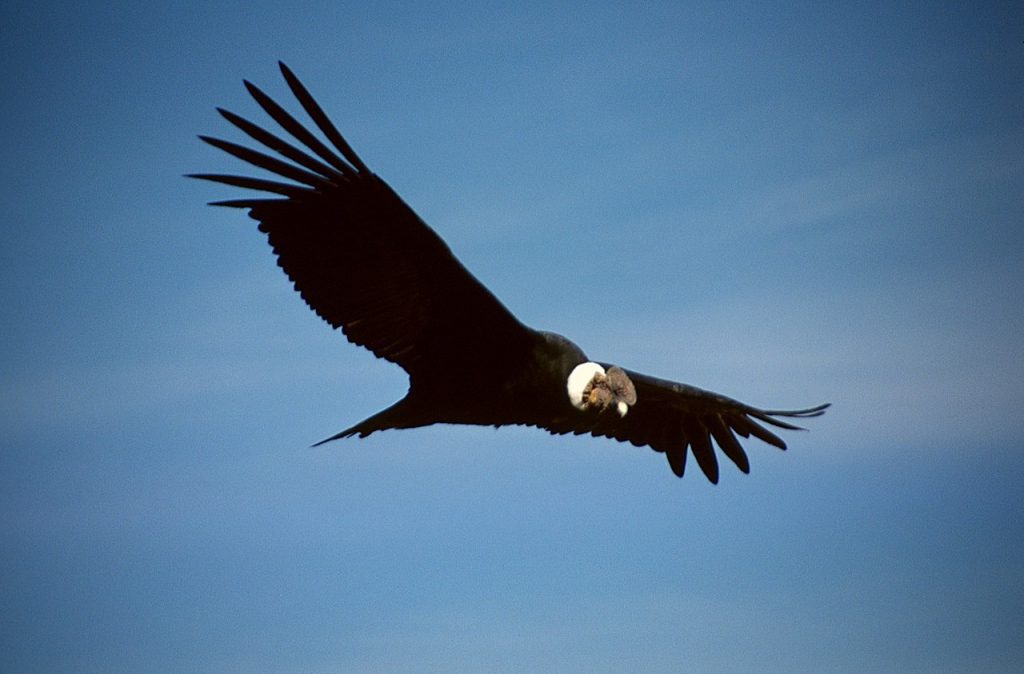
The Andean condor is Ecuador’s recognized national bird. The largest vulture on earth, with a wingspan of about 11 feet, is this species. Although it has a ruff of white feathers around its neck, like the majority of vultures, its head and neck are unadorned.
Similar to other vultures, the male Andean condor is larger than the female. It also has a wattle and caruncle on top of its head. The Andean condor appears on the country’s flag and coat of arms.
Andean Condors are not endangered, however, they are vulnerable to extinction. Their number has declined due to hunting and pesticides, which have killed off much of their food supply. These species can survive in captivity for up to 30 years and in the wild for 50-70 years.
Ecuador’s Endangered Animals
Giant Tortoise
The numerous species of Galapagos tortoises that inhabit the exotic islands that bear their name range in risk from vulnerable to extinct. In fact, the huge tortoise Lonesome George from Pinta Island died in 2012 at the age of about 102. He was the final member of his species, which is now extinct.
Spectacled Bear

Spectacled bear is the unique Ecuadorian Andean breed of bear.
Giant Otter
This 5.6-foot-long weasel, which is found near and in the Amazon River, is threatened by habitat destruction and poaching for its luxurious fur.
Baird’s Tapir
Baird’s tapir is not only the largest species of tapir but also the largest terrestrial species in South and Central America, with an average length of 6.6 feet. This rare species lives in Ecuador.
Great Curassow
The male of this huge pheasant-like bird has black feathers and a curled crest, while the female can be any of three different colors. This animal is vulnerable.
Glass Frog
Glass frogs acquire their name from their transparent bellies, which expose their internal organs.
They are little frogs that spend most of their time in the rainforest canopy until it is time to mate. Some of their species are already critically endangered and maybe even extinct in some regions.
Other vulnerable animals in need of conservation are:
- Amazonian manatee,
- Bush dog,
- Boto or Amazon River Dolphin,
- Humpback whale,
- Various bat species,
- Long-haired spider monkey,
- Galápagos fur seal,
- Giant anteater,
- and many others.
The lists are quite long, emphasizing the importance of conservation, environmental education, responsible tourism, and data collection on numerous species.
Looking back, learning about Ecuador’s conservation efforts made our wildlife encounters even more meaningful. Get a FREE personalized itinerary from local experts who’ll help you explore Ecuador’s biodiversity while supporting its preservation. Your quote request supports this blog and local conservation!
Where To Find Ecuador’s Wild Animals
Ecuador has a well-developed conservation program. The government intends to set aside 32% of its territory for wildlife preservation by 2021. Despite its tiny size, Ecuador boasts numerous national parks, reserves, and refuges.
The national parks in Ecuador are:
Have questions about your upcoming Galapagos trip? Join my Galapagos Reddit community and ask other travelers who recently visited the islands. Get up-to-date tips, real experiences, and honest advice from other travelers (I ban tour agencies and resellers).
- Cayambe-Coca National Park
- El Cajas National Park
- Sangay National Park
- Cotopaxi National Park
- Machalilla National Park
- Galapagos National Park
- Podocarpus National Park
- Llanganates National Park
- Sumaco Napo-Galeras National Park
- Yacuri National Park
- Yasuni National Park
Ecuador’s Ecological reserves are:
- Arenillas Ecological Reserve
- Mache-Chindul Ecological Reserve
- Manglares Churute Ecological Reserve
- Antisana Ecological Reserve
- Amaru Zoológico Bioparque, Cuenca Ecuador
While the biological reserves in the country are the following:
- El Quimi Biological Reserve
- El Cóndor Biological Reserve
- Limoncocha National Biological Reserve
- Cerro Plateado Biological Reserve
There are ten wildlife refuges in the country, including:
- El Zarza Wildlife Refuges
- Isla Corazón y Fragata Wildlife Refuges
- Pacoche Wildlife Refuges
- El Pambilar Wildlife Refuges
- Rio Muisne Estuary Swampland Wildlife Refuges
There are also several private refuges in Ecuador. This shows that the country is serious about preserving its natural resources including the rich wildlife they have.
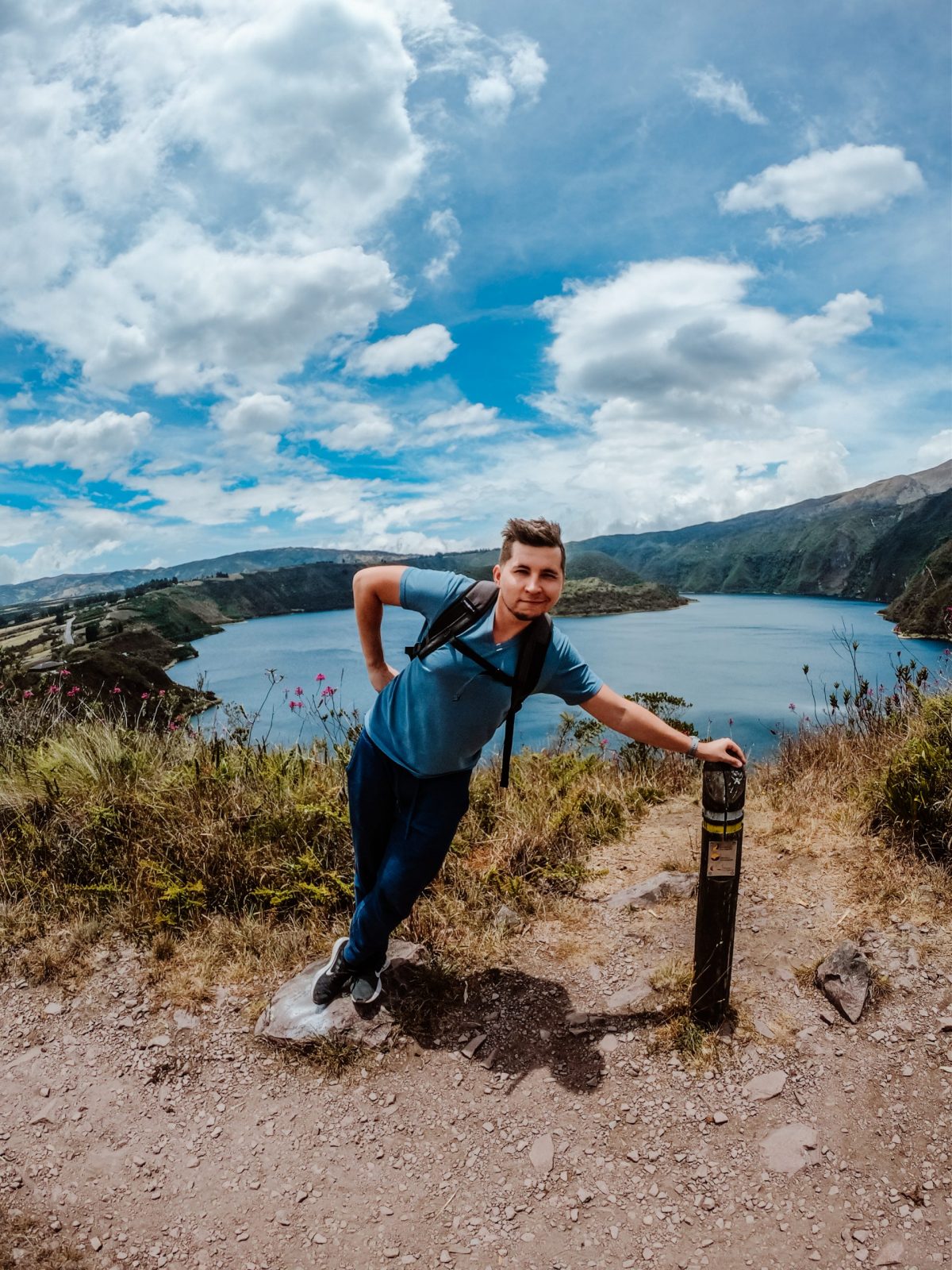
Planning trip to Ecuador?
My wife and I rented a car for 15 days and traveled from the northern part of Ecuador to the south, visiting amazing cities like Quito, Otavalo, Baños, Cuenca, and Guayaquil. Along the way, we explored iconic places such as Cotopaxi National Park, Quilotoa Lake, and many more breathtaking destinations.
Not many blogs cover traveling in Ecuador in detail, so I spent nearly three weeks creating this comprehensive Ecuador travel guide based on our trip. It’s packed with everything you need to know, and honestly, I consider it the best free travel guide about Ecuador out there.
If you’re planning a trip to Ecuador, don’t forget to use my link for discounted hotel prices through Booking.com. It’s a great way to support my blog while saving money on your accommodations!
Bottom Line
The Ecuadorian Amazon alone comprises around 300 mammal species, 800 fish species, 1,600 bird species, and 350 reptile species.
Oil exploration and timber cutting are two threats to the Amazon, and these activities have left an unmistakable mark on the Amazon basin’s westernmost regions. However, the situation in western Ecuador is far direr, with less than 5% of forests remaining intact. The majority of the destruction here is caused by cattle, followed by various forms of agriculture, particularly because coffee, bananas, and palm oil are such lucrative export commodities.
Nonetheless, there are voluntary conservation programs such as tree planting, trail construction, research studies, sustainable living, and food production, along with community projects that benefit the country’s natural resources in Ecuador.
These are critical for preserving what little remains and setting a good example for future efforts. Concerns in the country include the threat of imported species, mining, and climate change.
As responsible tourists, we should take part in helping with the preservation of Ecuador’s wildlife.
Plan perfect trip to Ecuador & Galapagos
I spent countless hours researching everything about traveling to Ecuador, and I created this blog for fellow travel enthusiasts who want the best, most reliable information. But if you want to save time, we’ve partnered with the top local agency to plan your dream trip.

